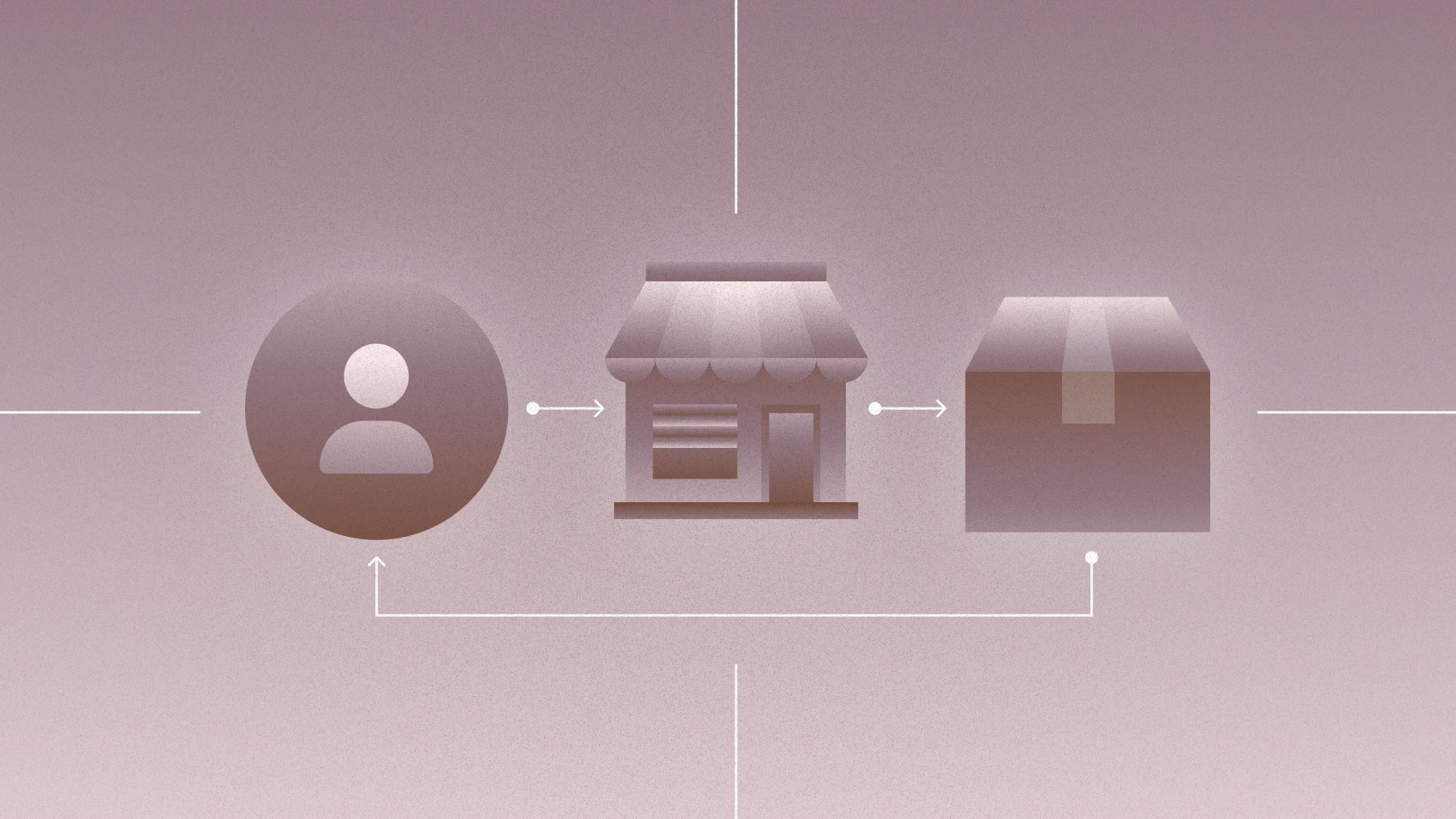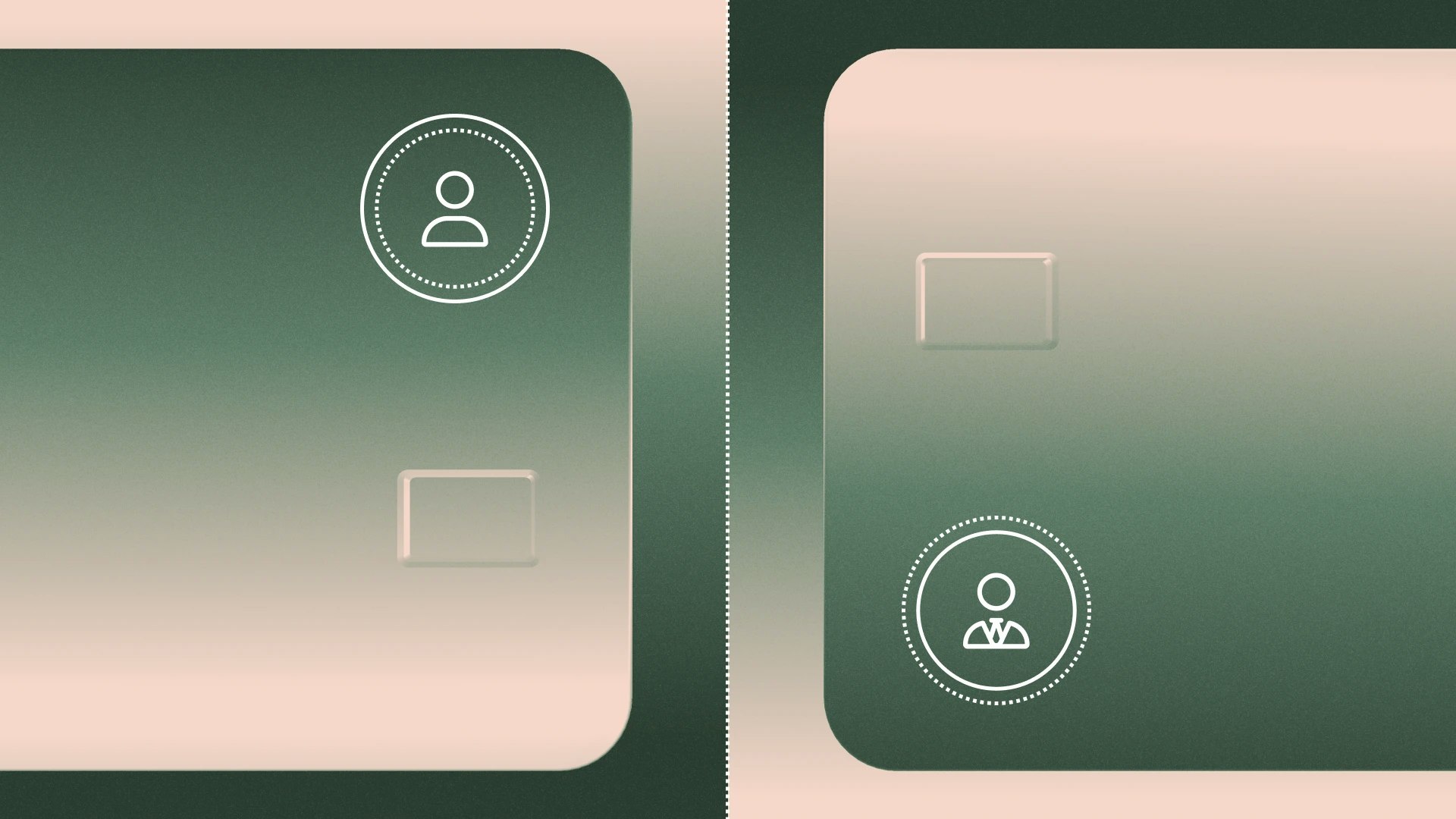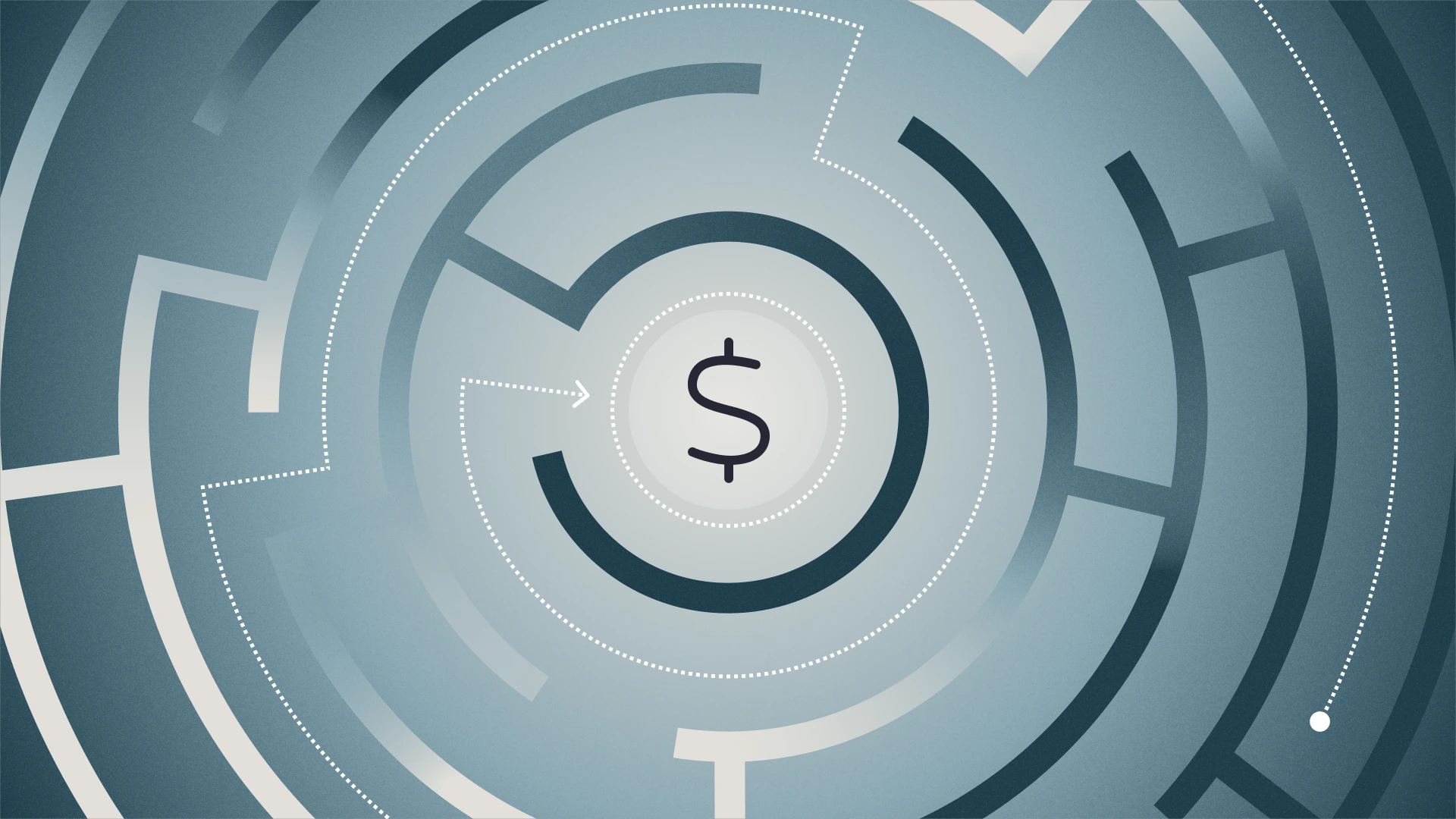How to start a dropshipping business

Dropshipping allows you to sell products online without having to own or manage inventory.
In this article, we outline how dropshipping works, pros and cons to the business model, and steps to starting your own business.
How does dropshipping work?
In traditional ecommerce, there are several layers that exist between a product and its final buyer. These include:
- Manufacturers that create products to sell to wholesalers or retailers
- Wholesalers that buy products from suppliers and sell them to retailers at a slightly higher price
- Retailers that buy products from wholesalers and sell to the public at an even higher markup
Dropshipping allows you to skip the wholesaler part and buy directly from manufacturers, also known as suppliers. Because you don’t need to store inventory, it eliminates the need for a physical store or warehouse—all you need is access to a computer. It also means you don’t have to pack, ship, or track the products you sell.
You can now focus on choosing the products you sell, setting their prices, and marketing your products to attract customers. When a customer places an order on your online store, you can inform your supplier and buy it at their price. Then, your supplier will ship your product directly to your customer.
If you charge $30 for a shirt that costs $20 from the supplier, you keep the difference (this is called your profit margin). In this example, your profit margin is $10 for every shirt you sell.
Key takeaways
- With low costs to launch and straightforward business models, dropshipping might seem lucrative. However, it's important to keep the downsides in mind.
- Take your time planning and launching your business—it'll pay off in the long run.
Are there downsides to dropshipping?
There are downsides to dropshipping. The more knowledgeable you are about what to expect, the better prepared you will be to navigate obstacles that come your way.
- Lack of ownership: Your business will compete with others who are dropshipping from the same (or similar) suppliers and will require creative marketing campaigns to stand out.
- Supplier errors: You will be responsible for remedying potential mistakes your supplier makes, like shipping faulty products—even if it’s not your fault. These mistakes can affect your brand and reputation for customer service.
- Long shipping times: Many dropshipping suppliers are based outside of the U.S., which means that they might take a longer time to ship to customers within the country. Shipping time might also be impacted by global events that affect border traffic, like a pandemic. If you’re lucky, you’ll find a U.S.-based provider with shorter shipping times, but this will likely be more expensive. You’ll need to stay on top of shipping times and communicate expectations with your customers.
- Separate shipments: Sometimes, you’ll find that your store is best stocked with products from multiple suppliers. However, using more than one supplier means orders with multiple items won’t be sent to your customers as a single shipment.
- Less control: Many suppliers won’t give you the option to control how your brand is presented during delivery—even if they do, you won’t always know this information until you start working with them. Additionally, suppliers that offer customization like personalized packaging, branded products, freebies, and notes might charge extra.
- Mismanaging inventory: You might not hold inventory, but you’ll still have to keep track of the suppliers’ stock to avoid cancellations and putting orders on backorder.
Ultimately, the biggest risk in starting a dropshipping business online is selling something no one will buy. Many dropshippers choose to work with tested ideas. You can purchase an existing business on Shopify’s Exchange platform, Flippa, or the Ali Dropship forum, to name a few.
However, if you’re excited about the prospect of starting a dropshipping business from scratch, you’re up for an adventure.
Starting a dropshipping business
Once you’ve understood the basics of dropshipping, its challenges, and its benefits, it’s time to set up your online store and get your business up and running.
Step 1: Choose a business idea
Dropshippers can choose to sell popular products or those that are more niche. Niche markets can be fruitful because you have less competition; alternatively, they can be difficult because there’s no existing customer base and your business idea has not been tested. It might be best to focus on only one or a few products at first. For example, there are thousands of online stores for athletic wear, but far fewer for road biking apparel and accessories.
Having an interest in the market you choose will help, since you’ll be responsible for marketing your products.
Some examples of product categories include:
- Common hobbyist products like paint brushes and easels—pricier products can be upsold with accessories, like new types of painting paper
- Office products—often ordered in large quantities, like pens or notebooks
- Repeat purchases like toothbrushes or cleaning supplies
Here are some other factors that might increase your chances of success:
- Low prices that target bargain shoppers
- Products with the potential for creative marketing
- Products that might be difficult to find locally
- Products that are small and easy to ship
- Products that appear in “what’s trending” sections of other online stores
- Products that appear in curated lists on sites like Etsy and Pinterest
Step 2: Analyze your competition
Once you've decided on a market, analyze your potential competition to determine whether your idea is viable. You’ll want to see who else is selling the products you’re interested in and how they’re marketing themselves. Check out Google search trends, platforms like Amazon, eBay, and Instagram, and trending product lists.
Ideally, you'll find a market that has light competition, which indicates there is demand for your product—but things are not so competitive that it will be difficult to stand out from other sellers. Keep in mind that a market with little competition isn’t necessarily a good thing. It might mean that others have already tested your idea and failed.
Step 3: Choose a business structure
Most suppliers will only work with legitimate, registered businesses. However, the legal structure you choose will impact how much (and how) you pay in taxes, as well as your personal liability for the business. Most dropshippers tend to register as sole proprietorships or LLCs.
- C-corporation: C-corporations, known commonly as corporations, are separate legal entities from their owners and consist of shareholders, a board of governors, officers, directors, and employees.
- S-corporation: S-corporations are popular among business owners because they offer the same advantages as traditional corporations, but with more tax flexibility. In an S-corporation, profits and certain losses can avoid corporate taxes. Taxes are instead placed on the owner’s personal income tax.
- Sole proprietorship: Sole proprietorships are the simplest structure, and are therefore popular among dropshippers. In these entities, there is no distinction between a business and its owner. Business owners are entitled to all business profits and are responsible for the business’ debts, losses, and liabilities.
- Limited Liability Company (LLC): An LLC is a hybrid between a C-corporation and a partnership. LLCs are legally separate from their owners and limit personal liability.
Once you submit your registration requirements, the government will review your information and decide whether to approve your business. This process can take days to months, depending on the state you incorporate in and whether you opt to pay an extra fee for rush processing. Learn more on how to set up a U.S. ecommerce business.
Step 4: Find a supplier
Once you’ve registered your business, you can start looking for a supplier. There are a few common approaches that can help ensure you’re not getting looped into scams and middleman programs.
Use supplier databases: Supplier databases charge a one-time fee for access to lists of pre-vetted suppliers. You can sort by qualities you’re looking for, including lower shipping times or control over packaging, branding, and quality.
Search for suppliers on Google: Google is a useful, free resource to find suppliers. However, you may find yourself in the double-digit pages parsing through outdated websites—this is completely normal. Suppliers aren’t usually strong marketers and have notoriously bad websites.
Use a supplier marketplace: Instantly connect with thousands of suppliers through marketplaces like Shopify’s Oberlo, AliExpress, Wholesale2C, Dropship Direct, and Doba. These platforms offer:
- Access to millions of products
- Manual fulfillment of orders
- Easy monitoring of inventory levels
- Automatic calculation of inventory margins
- Shipping and tracking of orders
- Measurement of delivery performance
Some suppliers are world-class while others will botch every order—it’s hard to know who’s legitimate until you start working with them. Pay for samples and test your product before signing on with a supplier. It’s a small price to pay to ensure your customers are satisfied.
Here are common questions you should ask:
- Do you offer dropshipping?
- Do you offer product customization?
- Do you offer private labelling?
- How should I send you my orders?
- How do you invoice for orders?
- Do you accept credit cards for payment?
- What is your policy for damaged or missing orders?
- How long does it take for orders to ship and arrive?
- Can you put my company’s logo on the packaging?
- Do you manufacture your products?
- Do you have any other associated fees (like per order fees)?
- Do you have a minimum order size?
Quality suppliers will have knowledgeable employees, dedicated support staff (some even assign representatives to customers), and tools to help you streamline your operations, including online catalogs, searchable order history, and real time inventory tracking.
Step 5: Set up business checking and credit accounts
Once you are ready to start accepting or spending money as a business, the next step is to set up a business bank account. All you need is an EIN and U.S. business address. A bank account that fits your needs not only provides benefits to you and your customers, but helps you stay legally compliant and protected.
Some key factors to review include rewards, access to online services, and the interest rates on deposits. It is highly recommended to have separate bank accounts for personal and business use, and depending on the state, is sometimes a requirement.
Step 6: Build your website
Dropshippers have several options for how to sell their products online. Ecommerce marketplaces like Amazon can be convenient, but they can limit your independence as a merchant—with Amazon, you have limited control over the branding, design, and marketing of your store.
Another alternative is to build your own website. Ecommerce platforms such as Shopify and BigCommerce offer free website builders that take care of building your website while you focus on design and content, often through pre-built templates or drag-and-drop interfaces.
Once you’ve chosen a website builder that’s right for you, there are a few more steps you’ll need to follow:
- Sign up for a monthly or annual business plan that suits your needs and budget.
- Register a unique and relevant domain name on a domain registrar like GoDaddy or Namecheap. Alternatively, upload one you’ve purchased.
- Pick a design template that works with your brand.
- Customize your template design, utilizing online tutorials when needed.
- Upload and format copy and content that clearly explains your value.
- Download apps you may need to set up an online store or receive customer series inquiries.
- Preview and test your website with partners, friends, and family.
- Publish your website for the world to see.
If you’d like to create a website with more complicated technical abilities or design is not your strong suit, you can find a well-reviewed web developer on skill share sites like Freelancer, Upwork, or Fiverr.
Step 7: Promote your business
No matter how good your site design or branding is, marketing is what ultimately moves the needle. Following the launch of your dropshipping business, you should plan to spend the majority of your time over the next few months on marketing.
Here are some steps to get you started:
Craft a value proposition: A value proposition addresses why someone would buy your product. Some examples include price, quality, features, benefits, and exclusivity.
Create a customer profile: A customer profile helps you target who you’re selling to. For example, if you’re selling to Gen-Z, TikTok marketing might work.
Select a marketing strategy: Every product and brand is different, and there isn’t a one-size-fits-all approach. Common marketing strategies include:
- Paid advertising
- Influencer marketing
- Affiliate marketing
- Content marketing
- Online communities
Create social media accounts: Build credibility and awareness for your business by creating social media accounts where your audience lives, including Instagram, Facebook, or Twitter.
Step 8: Optimize your business
Once you’ve been in business for a few months, you can start optimizing your online store. Many ecommerce platforms provide analytics tools and can help you answer important questions, including:
- Where should I spend more ad dollars?
- What are my best-performing channels?
- What are my best-selling products?
- Who are my top customers?
- Are people buying more on their desktop or phones?
- How many found me through social media?
- What products are the most profitable?
- What are my sales and gross profits every month?
- How much do I make on each sale?
You can also use tools like Google Analytics to measure search traffic and improve your SEO efforts. If you use a third-party app for social media marketing, you can check your monthly reporting to continuously tweak and optimize your strategy.
How much does it cost to start a dropshipping business?
Costs to start your dropshipping business vary but you should account for a few key spending items at the beginning:
- An ecommerce platform subscription
- Payment to access a supplier database (if applicable)
- The cost of ordering your first test product
- Marketing and advertising spend
Tags



